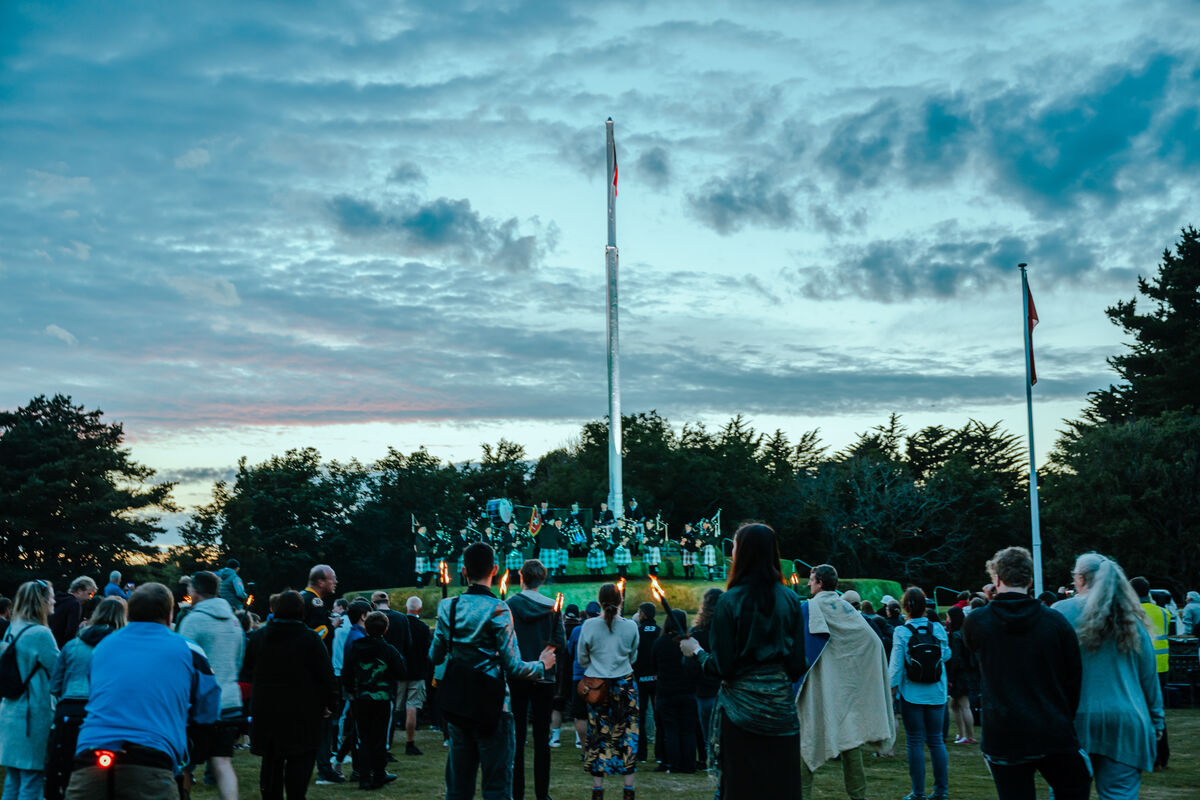Tynwald is over 1000 years old and holds the title of the oldest continuous parliament in the world. We’ve unpacked the history of Tynwald and rule over the Isle of Man, taking us on a journey all the way from Viking warriors to the modern day crown dependency that the Island is today.
Tynwald’s Origins
Vikings arrived in the Irish Sea towards the end of the 8th century, with archaeological evidence suggesting that in the 9th and 10th centuries they settled and integrated with the local Manx population on the Isle of Man.
During this time period, ‘assemblies’ would gather to operate as a high court of justice. The name ‘Tynwald’ is derived from the Norse word ‘thingvollr’, which means assembly field.
Tynwald Sites

Tynwald Hill in the village of St John’s is the traditional ancient meeting place of the Manx parliamentary assembly, dating back to the late first millennium AD at least. This ‘hill’ is an artificial stepped mound, which dates to later prehistory. By the early 2nd millennium AD, Tynwald Hill was used as a national meeting place.
However, Tynwald Hill wasn’t the only site used for assemblies. Cronk Keeill Abban in Braddan, the site of an early Christian Keeill, is another historically recorded assembly site in the Isle of Man, alongside Castle Rushen, a site in Kirk Michael, and Tynwald Hill. The first reference to Cronk Keeill Abban being a Tynwald site dates back to 1429.
Rule over the Isle of Man
All areas conquered by the Vikings, or Norsemen, were nominally ruled by the Kings of Norway, and within these areas Viking leaders fought one another for control.
In 1079, on his third attempt, Godred Croven invaded the Isle of Man and made a decisive victory at the Battle of Skyhill. Croven and his ancestors went on to rule the Island until the death of the last Norse King of Man, Magnus Olaffson, in 1265.
.jpg)
Following Olaffson’s death, the Isle of Man was ceded to Scotland as part of the Treaty of Perth, bringing Scottish and Norwegian military conflict over the islands to an end. The Isle of Man became linked with four Hebridean island groups; Lewis, Skye, Mull and Islay. Together with the Isle of Man they formed the Kingdom of Man and the Isles.
The Isle of Man came under English influence from the 1330s and around 1333 King Edward III of England gave the Isle of Man to William de Montacute, who went on to become the 1st Earl of Salisbury. The Island passed from Montacute to a series of English nobles until 1405 when it was given to Sir John Stanley by King Henry IV. The fee to possess the Island was simply to render homage and send two falcons to all future Kings of England on their coronations.
In 1485, Sir John’s grandson, Sir Thomas, was given the title of Earl of Derby. The Earls of Derby went on to rule as ‘Lords of Man’ until 1736, when the 10th Earl of Derby died without any male heirs. The Isle of Man passed to his first cousin once removed, James Murray 2nd Duke of Atholl and in 1765 the Atholls were convinced to sell their rights as Lords of Man back to the Crown.
When the Island was sold in 1765, there technically ceased to be a Lord of Man, since the rights of the Duke of Atholl as Lord Proprietor had been revested into the Crown. Nevertheless, the title has continued to be used, perhaps to emphasise the British Monarch’s unique relationship to the Isle of Man. Today, King Charles III as the Island’s head of state is titled The King, Lord of Man.
The House of Keys
.jpg)
It’s thought that the House of Keys initially comprised of 32 members, 16 from the Island and four from each of the Hebredian island groups. Later, the Isle of Man was divided into six ‘sheadings’ (the Norse word for sixth) and the House of Keys came to have 24 members, four from each sheading, with the Hebredian groups being lost along the way. The term keys is thought to derive from the Manx term for ‘the four and twenty’ which is ‘yn kiare-as-feed’.
Tynwald Today
The High Court of Tynwald is the parliament of the Isle of Man. It has two Branches, the Legislative Council and the House of Keys, which sit separately to consider legislation, but also sit together in Douglas, and annually at St John's, on Tynwald Day, for other parliamentary purposes.

Each summer, on July 5th, the Isle of Man celebrates Tynwald Day. The event sees a representative of the British monarchy preside over the open-air ceremony, whilst parliament, officials, and honoured guests are gathered on or surrounding Tynwald Hill. The ceremony covers the new laws created during the previous year, alongside allowing grievances to be presented. Following the ceremony, a formal sitting of Tynwald meets in the Chapel to sign the certificates of proclamation for the Acts and deal with other business.
To find out more information about Tynwald, click here.






Comments
Comments are disabled for this post.